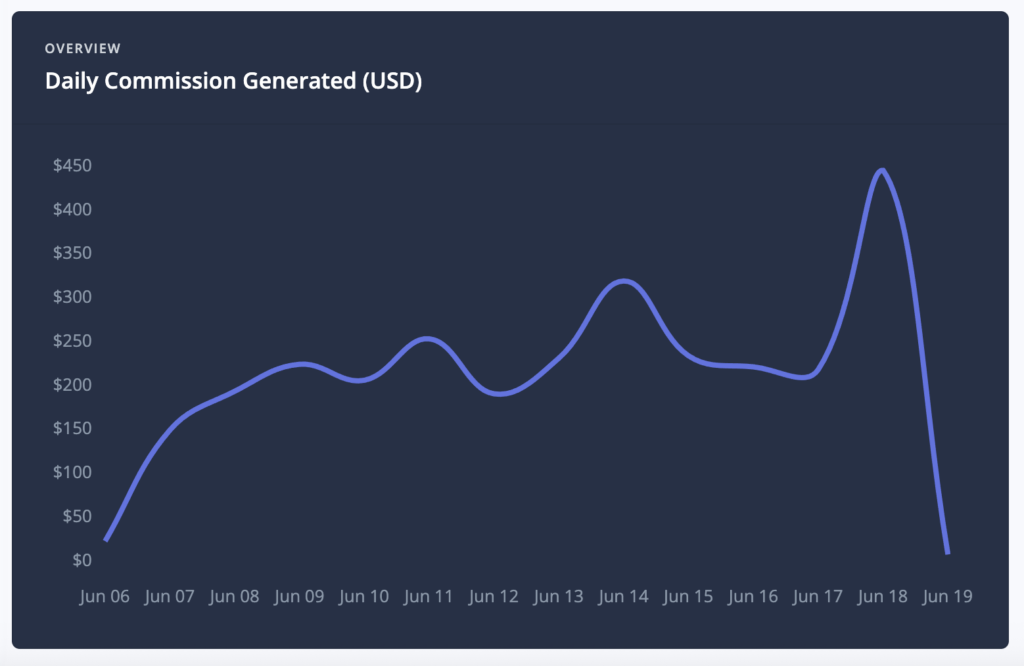EPMV stands for earnings per 1,000 visitors. It can also mean … per 1,000 sessions. While the number of visitors and sessions are usually fairly close, they are different.
EPMV is used as a metric for tracking ad revenue on web properties.
You calculate EPMV as follows: Total earnings / (total visitors / 1,000)
A similar, more commonly used metric is revenue per 1,000 page views (RPM). However, EPMV is arguably a better metric because it tracks revenue by visitor or session instead of page views.
RPM is calculated as follows: (Total earnings / Total Page Views) x 1,000
To save you time, use our RPM and EPMV calculator.
EPMV Example
Suppose a website earns $5,000 per month and has 200,000 monthly visitors. The EPMV would be $5,000 / (200,000 / 1,000) = $25.
RPM Example
Use the same website example above but it has 500,000 page views per month (2.5 page views per visitor). The RPM would be ($5,000 / 500,000) x 1,000 = $10.
Some websites manage to get many page views per visitor while others get far fewer (under 2).
Therefore the argument is that if you wish to compare apples to apples when tracking and measuring the effectiveness of display ads as a revenue source, doing so by visitor or session is better than page views.
Buying traffic
If you buy traffic, EPMV is the only metric to use because when you buy traffic, you typically measure your cost per visitor. Therefore, in order to know how much you’re earning per visitor, you must use the EPMV metric.
Which metric do I prefer?
I’m in the EPMV camp because I mostly traffic visitor volume instead of page view volume. Therefore, it makes more sense to me to know what my sites are earning per 1,000 visitors instead of per 1,000 page views.
FYI, RPM is almost always less than EPMV.

Jon Dykstra is a six figure niche site creator with 10+ years of experience. His willingness to openly share his wins and losses in the email newsletter he publishes has made him a go-to source of guidance and motivation for many. His popular “Niche site profits” course has helped thousands follow his footsteps in creating simple niche sites that earn big.






